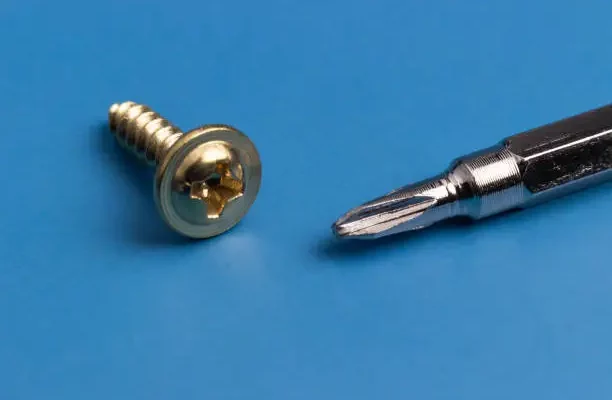Screws and bolts are two of the most commonly used fasteners in various industries, from construction to manufacturing. These small but essential components play a crucial role in securing different parts together, making them one of the foundations of modern engineering. However, proper installation and torque are necessary for screws and bolts to function effectively. Installation refers to attaching screws or bolts to a specific surface or material. It involves drilling, tapping, and threading, among other techniques, to ensure the fastener remains in place and performs its intended purpose. On the other hand, torque refers to the amount of rotational force applied to tighten or loosen screws and bolts. This article will discuss how proper installation and torque contribute to the reliability of screws and bolts, highlighting the importance of these methods in ensuring various applications’ structural integrity and safety.
The importance of proper installation
Proper installation is crucial in ensuring the reliability of screws and bolts. It involves following specific procedures and techniques to secure the fasteners in place effectively. One of the most critical aspects of proper installation is drilling. The size and depth of the hole drilled for a screw or bolt can significantly affect its holding strength. A hole that is too small may lead to stripped threads, while a hole that is too large may cause the fastener to loosen over time. Therefore, using the correct drill bit size and depth for each type of screw or bolt is essential.
Another critical factor in proper installation is tapping, which involves creating threads inside a pre-drilled hole. This process ensures that the threading on the screw or bolt matches the threads inside the hole, providing a secure fit. Tapping may be done manually or with a tapping machine, depending on the size and volume of fasteners needed for a particular project.
Threading is cutting grooves or ridges on the surface of screws and bolts to create a spiral shape. Threading helps the fastener grip onto the material it is being installed in, preventing it from loosening under stress. However, poorly cut threads or mismatched threading can cause the fastener to fail, leading to potential safety hazards and costly repairs.
The role of torque in ensuring reliability
Torque is a crucial factor in the reliability of screws and bolts. It refers to the rotational force applied to tighten or loosen a fastener. When installing screws and bolts, using the correct amount of torque is essential. Insufficient torque can result in loose fasteners, while excessive torque can cause damage, such as stripping threads or breaking the fastener.
One way to ensure proper torque is by using a torque wrench. This tool permits precise measurement of the force applied, ensuring that screws and bolts are tightened to the manufacturer’s recommended specifications. Using a torque wrench also helps prevent over-tightening, which can lead to fastener failure.
Locking mechanisms are often used alongside proper torque in applications where vibration or movement is expected, such as in the automotive or aerospace industries. These mechanisms, such as lock washers or thread-locking adhesives, prevent screws and bolts from loosening over time due to vibration or movement.
Large flange head rivets are another fastener requiring specific torque during installation. These rivets have a larger diameter than regular rivets, providing a broader bearing surface to distribute the load. Proper torque is essential when installing large flange head rivets to ensure a secure fit and prevent failure under stress.
Additional benefits of proper installation and torque
Aside from ensuring reliability, proper installation and torque have other benefits that contribute to various applications’ overall quality and safety. For one, using the correct techniques helps prevent damage to materials and surfaces during installation. Improper drilling or threading can result in cracks, deformations, or weakened areas on the material, compromising its structural integrity.
Proper installation and torque also aid in maintenance and repair. When screws and bolts are installed correctly, they are easier to remove when needed for repairs or replacements. It saves time and resources and prevents damage to other components during disassembly.
Using proper installation and torque techniques promotes consistency in performance. When installed following specific guidelines, fasteners perform consistently under various conditions and stresses, providing stability and reliability in different applications and helping avoid costly downtime due to fastener failure.
The role of training and expertise in ensuring proper installation and torque
Ensuring proper installation and torque also relies on the knowledge, skills, and experience of those installing fasteners. Adequate training is necessary to understand the various techniques for correctly installing screws and bolts. Using specialized tools, such as torque wrenches or tapping machines, also requires proper training to ensure their safe and effective use.
Expertise in selecting the right type and size of fasteners for a specific application is crucial. Different materials, environments, and stresses require different screws and bolts to ensure reliability. Those with expertise in this area can make informed decisions based on load capacity, corrosion resistance, or temperature tolerance.
It is also essential to have experience in identifying and addressing potential issues during installation, such as incorrect hole sizes or damaged threading. Promptly addressing these problems can prevent failures and ensure the safety and longevity of the application.




















